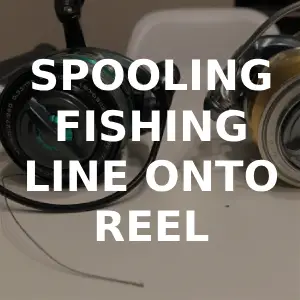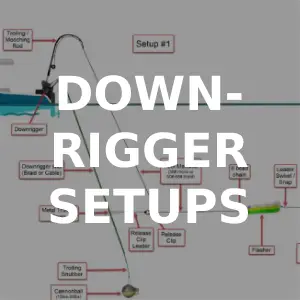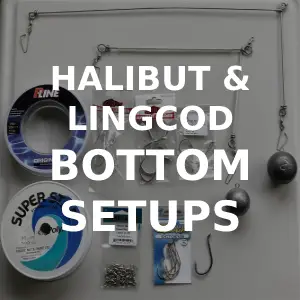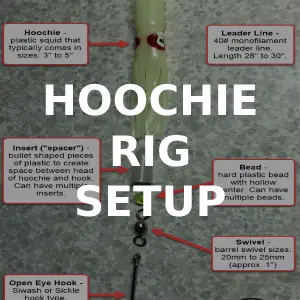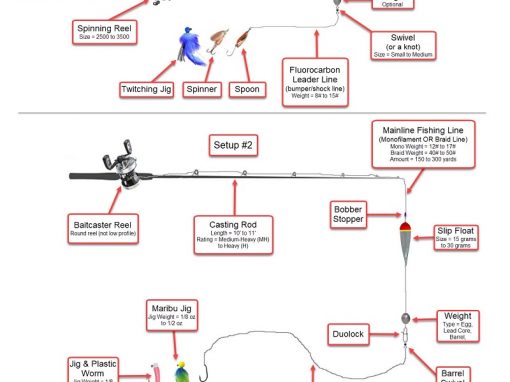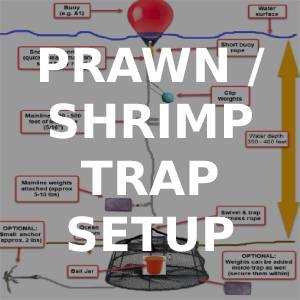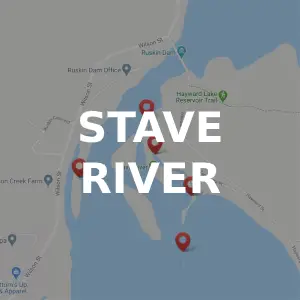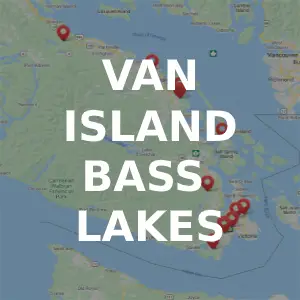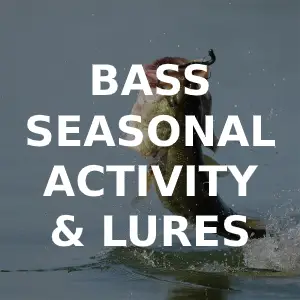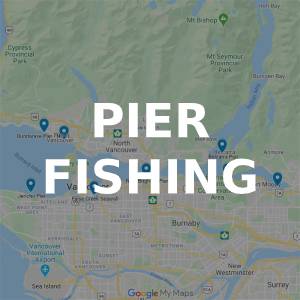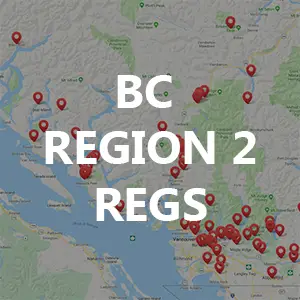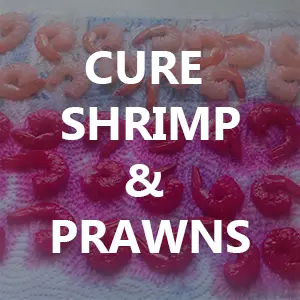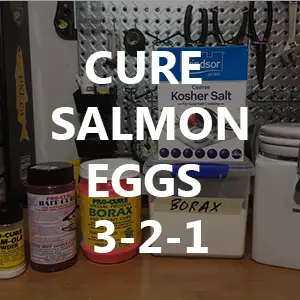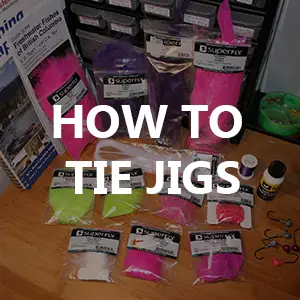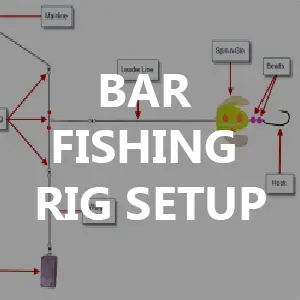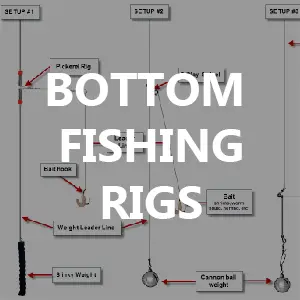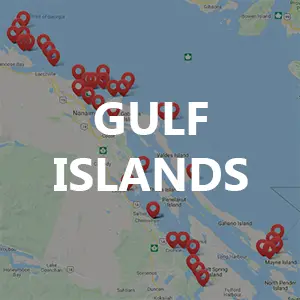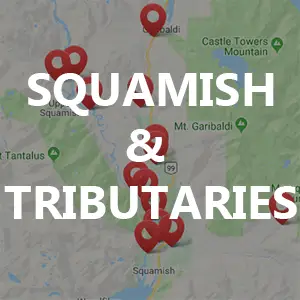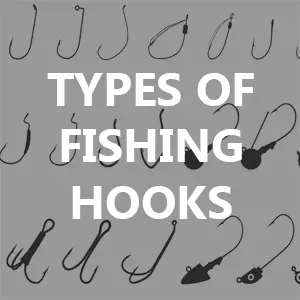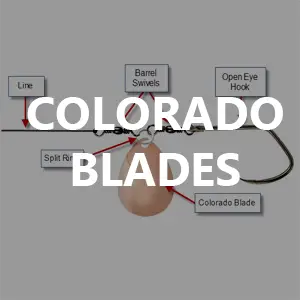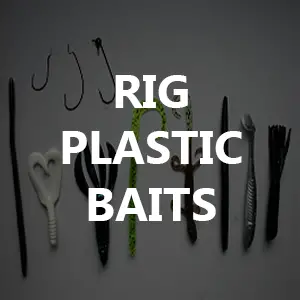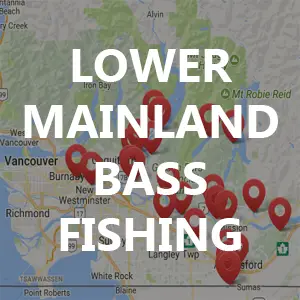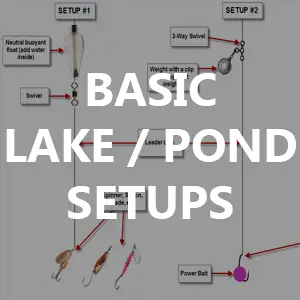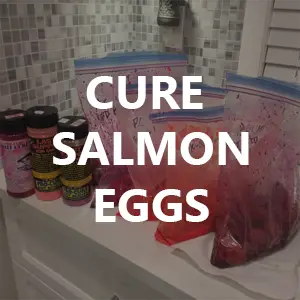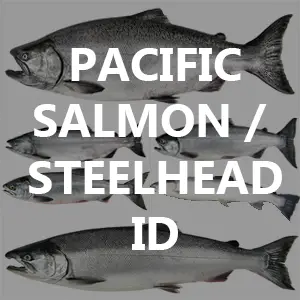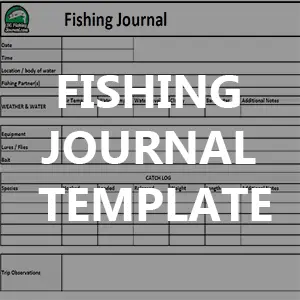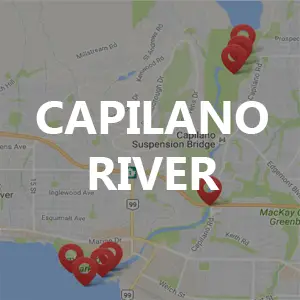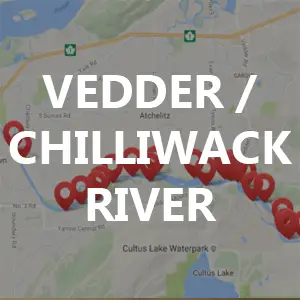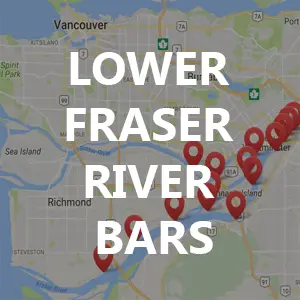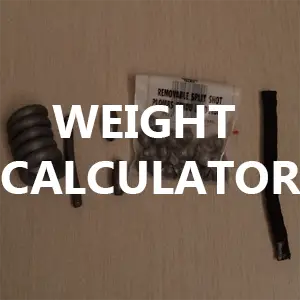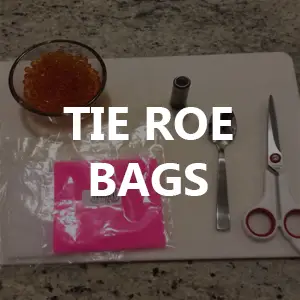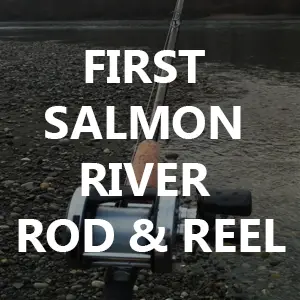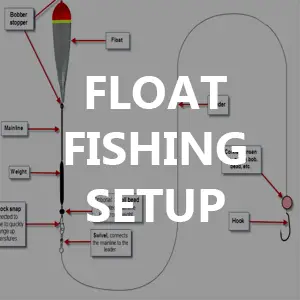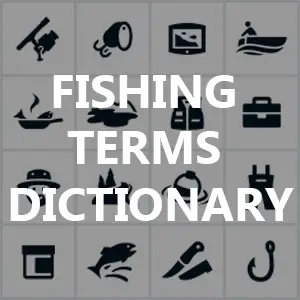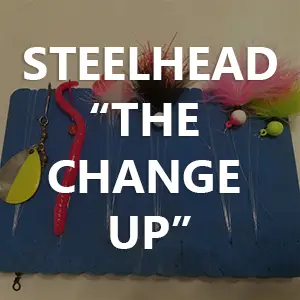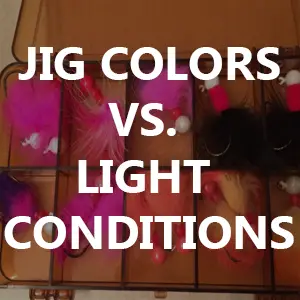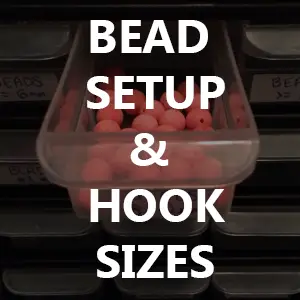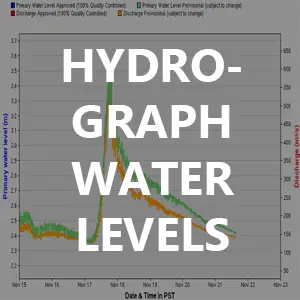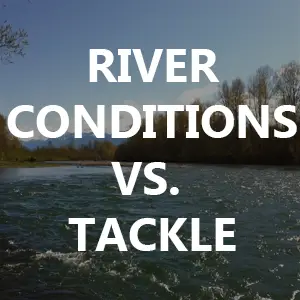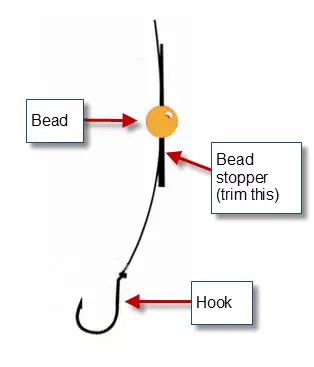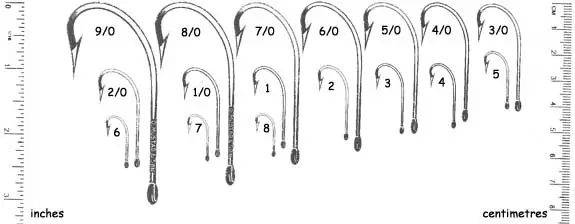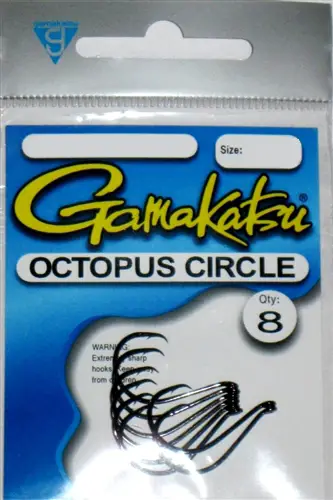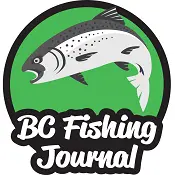Bead Setup and Bead-to-Hook Sizes
Bead fishing is growing in popularity for the river fisherman. A bead fishing setup is a small (usually 6mm-12mm) single bead above a single hook below it (see diagram). This bead mimics a fish egg floating down the river. During the Salmon spawning season when they’re releasing their eggs this would be a good example of “matching the hatch”.
This type of fishing is not solely used during and post Salmon spawning season but can be used all year round. This is especially true for when water conditions are low & clear (especially during Winter).
This is a quick starter tip on how to pair beads sizes with hook sizes. I think it’s important to have the correct hook size for the size bead you’re using for 2 reasons:
- To ensure you don’t spook the fish with a massive hook and small bead
- To ensure the hook is not too small so the fish swallows the hook too deep, and will likely increase the mortality of the fish
Lastly, hook size is not only based on the bead size but also the size of the target species. This is likely evident, but smaller species (small trout, whitefish, etc) should use the smaller hook sizes and larger species (Salmon, larger trout, etc) should use larger hook sizes.
Hook and Bead sizes are from smallest to largest (left to right). Also, see hook sizes diagram below.
6mm Beads:
Hook sizes 10 to 6- Size 6 or 8 are for general use.
- Size 10’s are good for pressured or finky fish or low water.
8mm Beads:
Hook sizes 8 to 4- Sizes 6 & 4 are a good general size.
- For Salmon or larger trout use 4 or 2.
- Size 8 for pressured or finicky trout.
10mm Beads:
Hook Sizes 6 to 2- Size 4 is a good general size.
- Size 2 for larger fish (Salmon, Steelhead or larger trout).
12-14mm Beads:
Hooks 4 to 1/0- Sizes 4 & 2 are best for trout.
- Sizes 1 & 1/0 are good for Salmon or Steelhead.
Hook Sizes
Sometimes hook sizes can be confusing, 2/0 (pronounced “two aught”), 2, what’s the difference?! Here’s a diagram that outlines the sizes, and this applies to all hook styles/types: bait, circle, treble, etc.
Parts of the Hook
Eye – Top of the hook where the line is connected with a fishing knot.
Shank – The portion that connects the eye to the bend of the hook. The shank can have different lengths depending on the type of fishing application. The longer the shank the more inclined it is to bend.
Bend – The bend at the bottom of the hook that comes in various styles and creates the gap. This part is the backbone of a hook because when its compromised/bent there’s a good chance you’ll loose the purpose of the hook (keeping the fish on!).
Gap – The distance between the point and shank that is created by the length of the bend. The distance of the gap is based on the bait being used and the target species jawbone width. To clarify, hooking beyond a wide jawbone requires a wider gap.
Point – Arguably the most important part of the hook. A strong and sharp point are critical as it’s the first point where tackle meets fish. If this doesn’t penetrate, you might as well forget the rest of your tackle.
Barb – This part is designed to keep a fish pinned after setting the hook. The barb does much more damage to the fish, so if you’re doing catch and release it should be removed (“pinch the barb” off with pliers). Check your regulations wherever fishing as barbs may be banned when the water holds sensitive fish.
Recommended Fishing Hooks & Beads
Image
Brand
Hook Type
Check Best Price
Additional Tips
